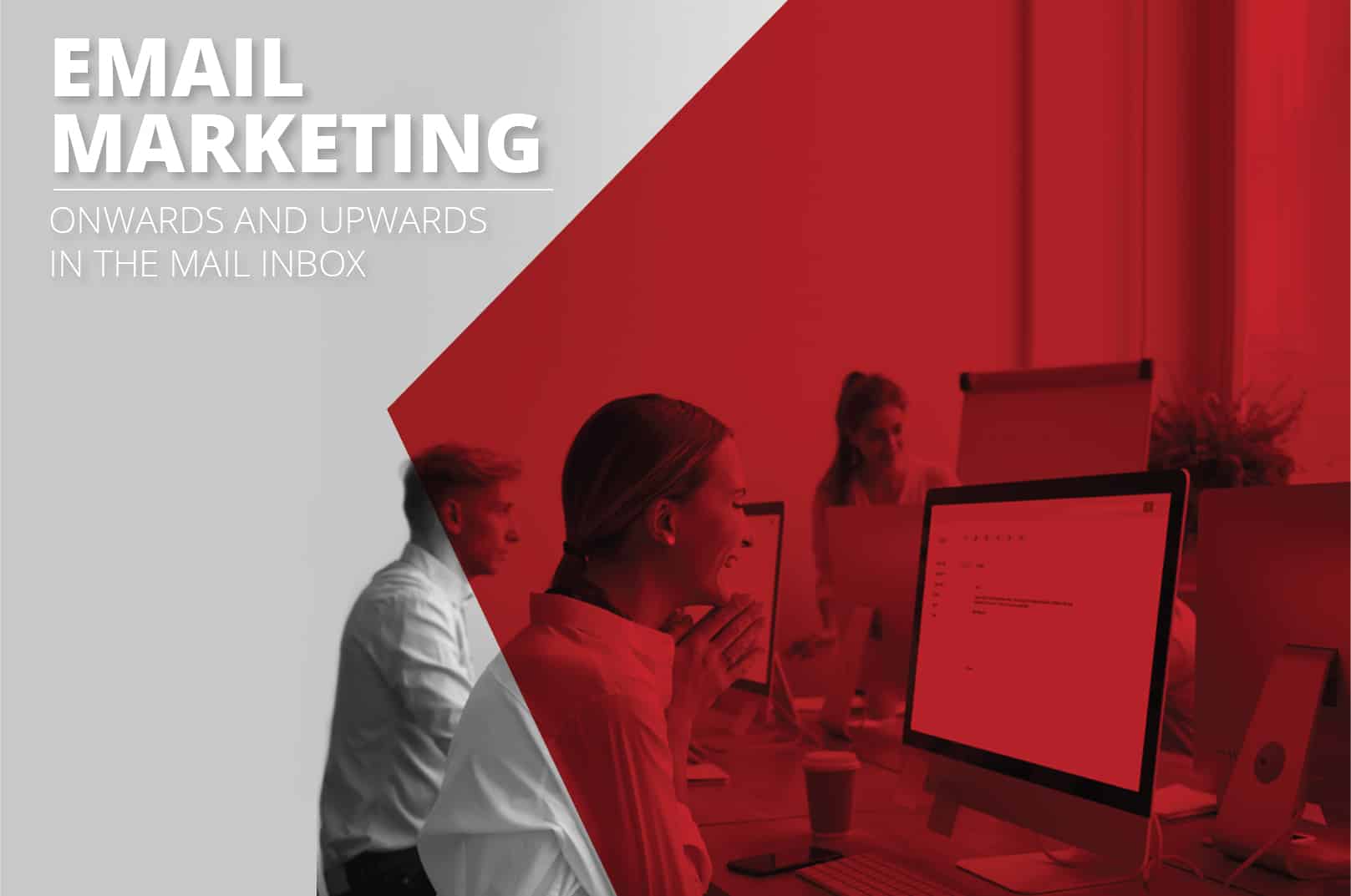Yes! Even today, e-mail is still going strong!
There is a convincing explanation why marketers are focused on e-mailing you more, and that is- because e-mail remains the most effective way to acquire customers than any other platform, for instance, LinkedIn and telecalling.
According to a report by Mckinsey, nearly 91% of all US audience still use e-mail daily, and the rate at which e-mails prompt the recipients of the mail (buyers) to make the purchases is estimated to be 3 times that of social media.
It doesn’t mean we support marketers bombarding you with mindless spam either. E-mail marketing for your business involves creating e-mails, tracking their performance, and finding out ways to improve your e-mail engagement. After all, you do want to garner the maximum amount of attention from your subscribers, and thereby improve conversions.
In most cases, the e-mail user opens the mails at least once a day if not more and through the mailbox to see for essential or exciting e-mails. Quite naturally, an e-mail with a sender name, a catchy subject line, and a relevant subject is more likely to be opened. The rest are often left unread, and the cycle continues.
To conduct and run successful e-mail campaigns, you need to comprehend what your subscribers expect from you, and you can achieve this by monitoring their pattern and behavior on your website and responses to your e-mails.
Taking into careful consideration the perspective of a subscriber, let us see what points you need to consider and how these points play a vital role in the success of an e-mail campaign.
Sending the e-mail from a valid name, e-mail address, and a compelling subject line
Usually, a good practice is to use a valid ‘from’ name and an e-mail address that is easily recognizable by your e-mail subscribers. For better open rates of your e-mails, it is always advisable to have an identifiable ‘from’ name along with a registered brand name domain associated with the email address. . Instead, direct the customers onto the customized landing pages which will bring them directly to the items or offers featured in the e-mail. It increases conversion rates by more than 25%.
As of today, around 45-50% of users access the marketing e-mails on their mobile device. Even then, many marketers fail to optimize their landing pages.
The subject line of an e-mail is the first and foremost thing that your subscribers read to figure out what the email is all about. The subject line should be short and to the point and should convey the essence of your e-mail campaign.
List Segmentation
List segmentation is an integral part of e-mail marketing planning. The pre-requisite is to begin by grouping your e-mail subscribers into various segments based on gender, personas, interests, demographics, purchase pattern, etc. to send targeted, customized, and relevant e-mails.
To do this effectively, you may ask your subscribers to fill out a form with details about their preferences and interests, either at the time of sign up or in an e-mail.
Creating Compelling Call To Action
For e-mail marketers, its all about convincing the subscribers to click on the offer and get a good click-through-rate. To do that, you must write a convincing and credible CTA and include it to enhance conversions. If the subscribers find the copy relevant and persuasive enough, they are more likely to click on the CTA. Moreover, they expect to see something extra on the landing page, and therefore, it is vital to link your CTA to the correct and relevant landing page. It takes the subscriber one step closer to take the desired action.
Make your subscribers feel special− write a personalized e-mail
It is the age of personalization, and that’s why you need to now personalize beyond the first name. A tailor-made e-mail is more likely to make an impact because this experience resonates with your subscribers, and it increases the chances of conversions. While it is a good practice to send personalized messages on special occasions like subscriber’s birthday or anniversary, you should also customize regular e-mails through the data that you gather by studying their browsing behavior, preferences, purchase history, etc.
Personalized e-mails make the subscribers feel special and help in building trust with your business.
Timing is Pivotal
You can create something that is pure genius, but you have to get your timing right.- Lang Leav
Plan out the best time to send e-mails. One way is to A/B test and then determine the click-through rates, and tune your e-mail frequency and sending time accordingly. Another way is to ask your subscribers on what days and how often they would like to receive e-mails from you. Various studies have shown that Tuesdays is the best day to send out e-mails across multiple industries.
Refrain from spamming their inboxes by sending too many e-mails. It’s advisable to test your e-mail send day and time and frequency by measuring your metrics and then determining what works best for you.
Conclusion:
Create a system that converts readers of your website into e-mail subscribers. Usually, this system involves an incentive of some kind. These incentives can be a content upgrade, lead magnets, or a free offer. You offer your readers a free bonus in exchange for their e-mail address. With your e-mail service provider and lead magnet incentives, you can create a series of automated e-mails, newsletters, promotional campaign. Before you take up your next e-mail campaign, incorporate these above-listed points, focus on the right target audience, and make sure to test your e-mails thoroughly before sending them out.

